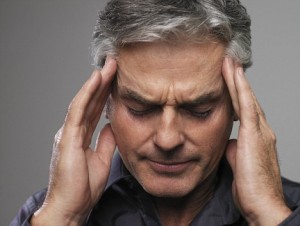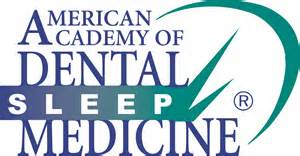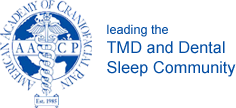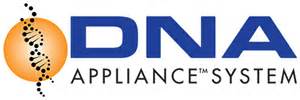Connecting TMJ & Sleep: Headaches
/ If you are one of the many people who suffer from headaches that haven’t responded to traditional treatments or medicines… if you have all but given up on trying to find the solution… you are not alone.
If you are one of the many people who suffer from headaches that haven’t responded to traditional treatments or medicines… if you have all but given up on trying to find the solution… you are not alone.
In today’s blog post, we’d like to discuss the possible causes for headaches and how they relate to Sleep Disordered Breathing and/or Temporomandibular Joint Disorder (TMD).
The connection to snoring, sleep apnea and headaches has to do with a lack of oxygen in the blood stream. If you can’t breathe in deeply or frequently enough, you cannot get a sufficient amount of oxygen. Nor can you exhale all the carbon dioxide you’re supposed to. This is why many patients with sleep disordered breathing wake up with headaches that may last into the afternoon.
Let’s examine some common headache types. Headaches are generally classified into several basic types: Sinus, Cluster, Tension, and Migraine. You can determine which type you have by discussing it with your physician or dentist. While headaches are typically treated by your physician, improper occlusion (your bite) may play a significant role in certain types of headaches as well as other head and neck pain. One type of headache, tension headache, is by far the most common - estimated by some to be the cause of as much as 90% of all headaches. Further, there are headaches that often originate in, or pain is referred to, the muscles in your forehead.
The muscles of the temple area of the forehead are muscles that play an important part in the posturing and closing of the jaw. If your occlusion (bite) is not right, it can lead to abnormal tension in these muscles – one of the several possible causes of tension type headaches, toothaches, and more bizarre symptoms—patients with TMD have described the sensation of having something stuck in their throats—when nothing is there. Headaches, clicking jaw, malocclusion (misalignment of teeth), and condyle and disc displacement are all associated with TMD. However, these symptoms often occur in patients with Sleep Disordered Breathing as well.
At The Washington TMJ & Sleep Therapy Center, our dentist screens all of our patients for both TMD and Sleep Disordered Breathing. Schedule an appointment with us today by calling 301-839-0055 or 301-652-3444.




